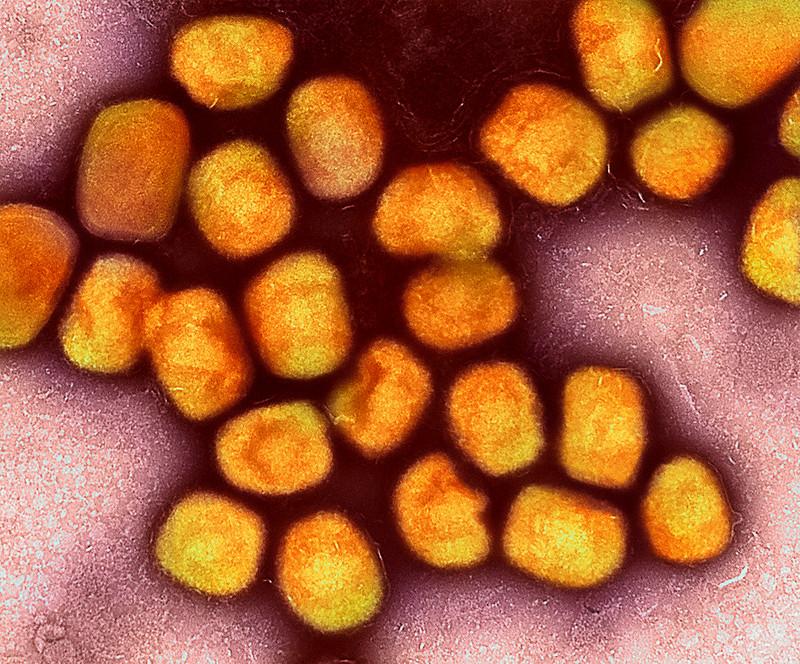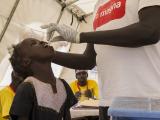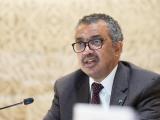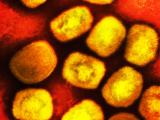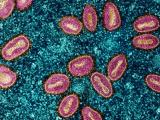Sierra Leone reported its first mpox cases in January, and activity is now skyrocketing, so much so that the Africa Centers for Disease Control and Prevention (Africa CDC) has added the country to its list of most affected nations.
At a weekly briefing today, however, Ngashi Ngongo, MD, PhD, MPH, who leads Africa CDC's mpox incident management team, said cases are down in the other high-burden countries, such as Burundi, Uganda, and even the Democratic Republic of the Congo (DRC), which has been the main hot spot throughout the region's outbreaks.
"We've started seeing some light at the end of the tunnel," he said.
Exponential growth in Sierra Leone
Last week, Sierra Leone had half of Africa's confirmed cases, with its outbreak expanding over the past 6 weeks and cases up 71% last week compared to the week before. Ngongo added that the country is averaging about 100 new cases a day.
The outbreak in Sierra Leone is driven by clade 2b, the global strain of the virus. Ngongo said 68% of patients are male, mostly 30 to 35 years old.
Seven percent of the illnesses are in people who have HIV, a high-risk group seen in other African countries during the outbreak.
Most of the cases are concentrated in the western part of the country, including Western Area province, which includes Freetown, the country's capital.
He said the country has only 60 mpox isolation beds, and most of the patients are receiving home care, which makes it difficult to ensure compliance with isolation. And though Sierra Leone has good mpox testing coverage and a good testing rate, it currently has a low contact-tracing ratio.
So far, nearly 24,000 people have been vaccinated, almost 60% of them healthcare workers. Other target groups include contacts of patients and people in high-risk areas.
Promising signs in the DRC, other affected nations
Ngongo said the situation in the DRC' North Kivu and South Kivu provinces, where conflict had nearly shut down the response over the past several months, is stabilizing and that officials have started redeploying health workers and restarting vaccination.
Testing coverage has been a challenge owing to insecurity and global health cuts, but he added that testing coverage is rising steadily, at nearly 60%, in Kinshasa, which has been the DRC's other mpox hot spot.
In Uganda, cases have declined in the past 4 weeks, down 60% from the peak at week 11 of the epidemiologic calendar, he said. The country has also seen higher deaths in people with HIV.
Of 10 districts that have reported the most cases, illnesses are still elevated in only 2: Masaka City and Holma City.
Burundi's cases are down more than 84% from the peak in late October 2024, and the country has intensified surveillance, with a goal of interrupting the remaining transmission chains.
Though the trends in the main outbreak countries are encouraging, "we're not yet out of the woods," Ngongo said.
